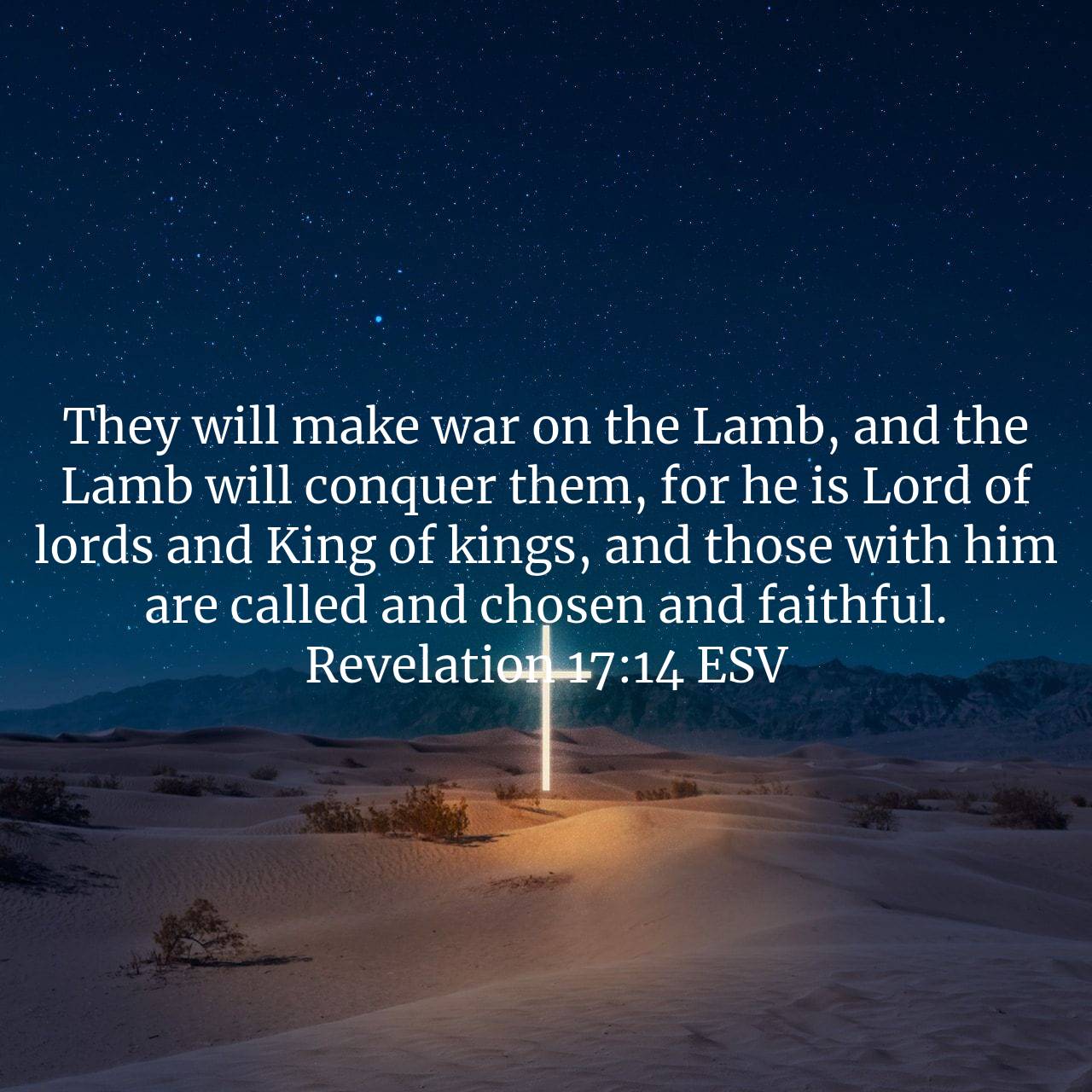Devotional 17 April 2025

In Revelation 17:7–14, John is given an angelic explanation of the visions he has just witnessed. The beast John saw is described as one who “was, and is not, and is about to rise from the bottomless pit” (Revelation 17:8, ESV). This twisted formula echoes and mocks the divine name of God, “who is and who was and who is to come” (Revelation 1:8, ESV), revealing the beast as a counterfeit deity.
The seven heads are identified as seven hills, unmistakably pointing to Rome, the imperial center of power. They also symbolize seven kings, beginning with Julius Caesar. At the time of Revelation’s writing, five emperors had fallen, Nero was reigning, and Galba, who ruled only briefly, was soon to come. Yet even after Galba’s short reign and the chaos of the “year of four emperors,” Rome would persist — wounded but not destroyed — as the eighth king continued the same corrupt rule.
The ten horns represent provincial rulers allied with the beast, sharing authority for “one hour” (Revelation 17:12, ESV), a stark reminder of the fleeting nature of worldly power. These rulers join together to make war on the Lamb, yet their efforts are destined to fail, for “the Lamb will conquer them” (Revelation 17:14, ESV).
This vision reveals God’s view of human empires: beastly, violent, and temporary. They demand loyalty and promise security but ultimately lead to destruction. Jerusalem tragically chose to trust in Caesar rather than Christ, crying, “We have no king but Caesar” (John 19:15, ESV). We are warned here not to place our hope in earthly powers, but in the Lamb who conquers and whose kingdom alone endures forever.
Where is your trust today — in the kingdoms of man or in the eternal King?